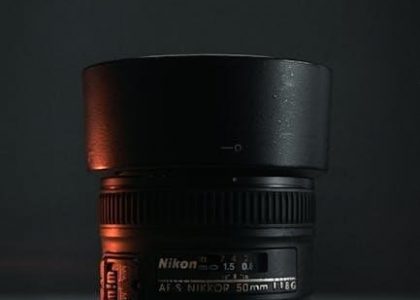Overview of the Exercise
The labeling exercise 2-2 reference manual is a comprehensive guide that outlines the procedures for specimen processing, with a focus on proper handling and testing methods.
The exercise is designed to provide students with a detailed understanding of the reference manual page, including the numbered items and their corresponding descriptions. The exercise is an essential tool for students, providing them with the knowledge and skills necessary to accurately interpret and apply the information contained in the reference manual. The exercise is a valuable resource for students, providing them with a comprehensive overview of the reference manual and its contents.
Specimen Processing Precautions
Importance of Proper Specimen Handling
The handling and storage of specimens are crucial steps in the laboratory testing process, and any mistakes or errors can lead to incorrect results, which can have serious consequences for patients.
Proper specimen handling involves careful attention to detail, including the use of appropriate containers, labels, and storage conditions, as well as strict adherence to established protocols and procedures. This includes using the correct type of container, labeling the specimen correctly, and storing it at the correct temperature, as outlined in the reference manual, and using html tags to format the text correctly always, which is very important.
Reference Manual Page Description
Interpreting Numbered Items
Laboratory Test Requirements
Specimen Collection and Preparation
Specimen collection and preparation are crucial steps in the labeling exercise 2-2 reference manual, requiring attention to detail and adherence to specific protocols.
The process involves collecting a specific amount of specimen, such as 7.0 ml of random urine, and storing it in a suitable container, like an acid-washed or metal-free plastic container.
Proper handling and storage of the specimen are essential to prevent contamination and ensure accurate test results.
The specimen must be centrifuged as soon as possible after clot formation, preferably within 45 minutes after collection, to separate the serum from the blood cells.By following these guidelines, laboratory personnel can ensure that the specimen is properly collected and prepared for testing, which is critical for obtaining accurate and reliable results.
The reference manual also provides information on the minimum volume of specimen required for testing, such as 1 mL for the BILIRUBIN, TOTAL test.
Overall, proper specimen collection and preparation are critical components of the labeling exercise 2-2 reference manual.
Reference Ranges and Photometric Methods
Understanding Test Results
The test results are crucial in determining the presence or absence of certain conditions, and the reference manual provides essential information on how to interpret these results accurately. By following the guidelines outlined in the reference manual, healthcare professionals can ensure that test results are accurate and reliable, and that patients receive the appropriate care and treatment, using the information provided in the reference manual to inform their decisions.
and Key Takeaways
The reference manual is a valuable resource for healthcare professionals, providing essential information on laboratory tests and procedures, and the use of html tags helps to organize the information in a clear and concise manner.




